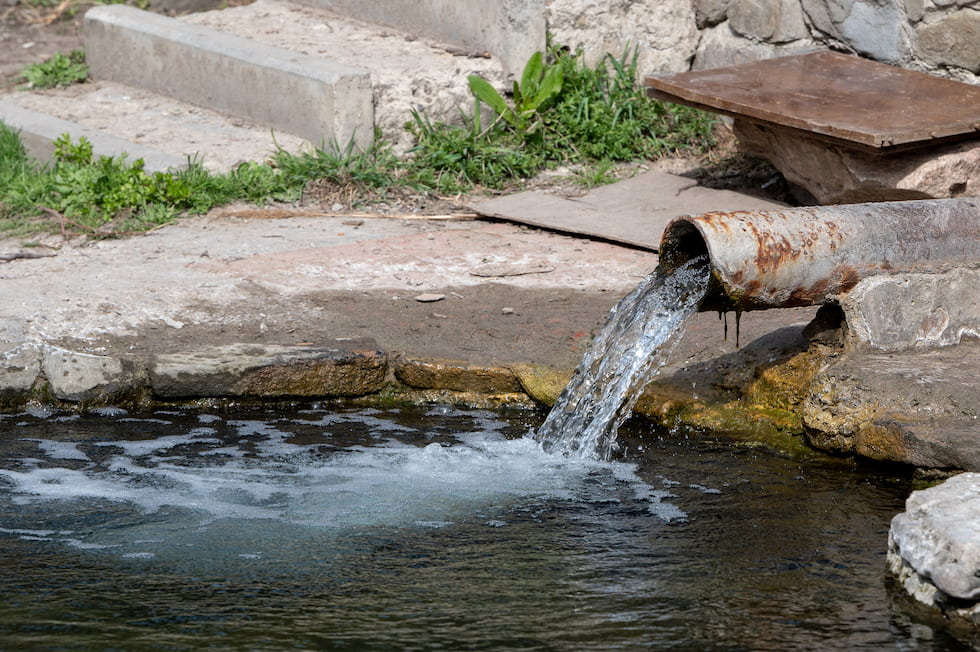
In late March, President Joe Biden released The American Jobs Plan with a goal of replacing 100% of the nation’s lead pipes and service lines.
The plan is expected to reduce lead exposure in 400,000 schools, childcare centers and in 6 million to 10 million homes—as well as create jobs, according to Bloomberg.
The plan calls for an investment of $111 billion into water infrastructure. Of that, $56 billion is allocated for low-cost loans and grants to help modernize existing water systems. Also, $45 billion is allotted for grants for the Environmental Protection Agency’s (EPA) Drinking Water State Revolving Fund and the Water Infrastructure Improvements for the Nation Act (WIIN). And $10 billion is allocated for monitoring per- and polyfluoroalkyl substances (PFAS) in drinking water and investing in small water systems and household well and wastewater systems.
This plan is part of President Biden's recently announced $2 trillion package to improve infrastructure and elder care as well as begin to fix climate change, according to Reuters.
Of course, this plan is subject to congressional approval.
It seems a few organizations in the pumps industry are happy with this push to increase investment in water infrastructure.
“The American Water Works Association appreciates the Biden Administration’s recognition of the need to strongly reinvest in U.S. drinking water and wastewater infrastructure,” the AWWA said in a statement. “Our nation’s water systems protect public health, safeguard the environment and allow our economy to prosper. It’s hard to imagine a more important federal investment.”
The American Society of Civil Engineers also released a statement celebrating the plan. “ASCE urges Congress and the administration to now work together to develop a comprehensive, bipartisan, infrastructure bill that will set the plan in motion—rebuilding and modernizing our infrastructure systems, while growing the economy, increasing public safety, and creating jobs and more resilient communities.”
There has been a drive in Congress recently for better water solutions. In March, representatives introduced the bipartisan Water Quality Protection and Job Creation Act. The bill's goal is to invest in water recycling programs and help communities nationwide adopt water reuse. Moreover, in February, the EPA announced it will be revisiting past measures to combat PFAS in drinking water.

